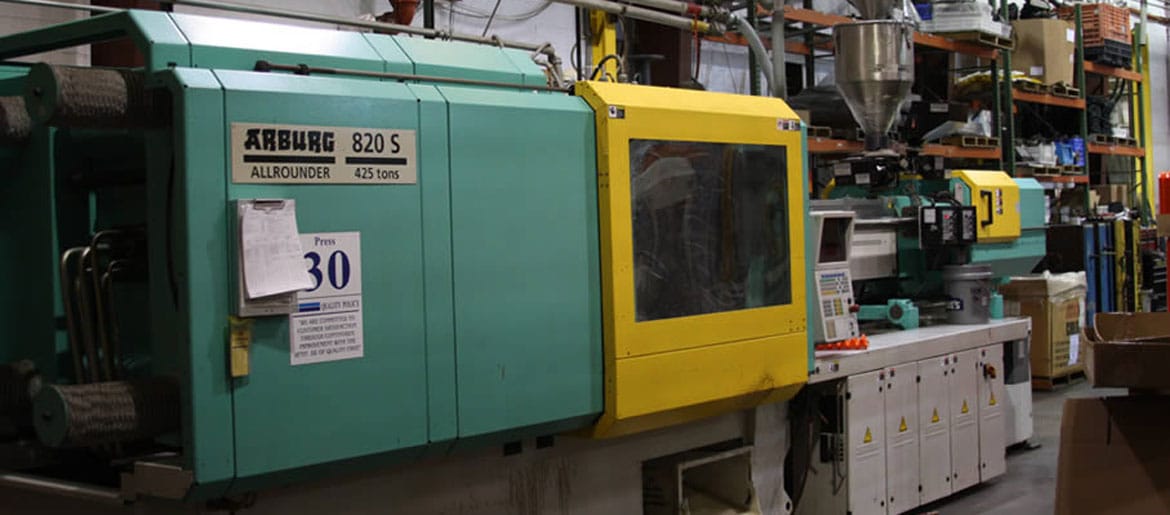Shaping the Future: A Deep Dive into Plastic Injection Molding
When it comes to manufacturing plastics, one process stands out for its efficiency, precision, and versatility: plastic injection molding. This innovative technique has revolutionized the way various products are produced, ranging from intricate automotive parts to everyday household items. By understanding the fundamentals of plastic injection molding, we gain insight into a powerful manufacturing method that continues to shape a wide array of industries.
At its core, plastic injection molding involves the injection of molten plastic material into a mold cavity under high pressure. This process allows for the creation of complex shapes and structures with remarkable detail and consistency. From the initial design phase to the final product, plastic injection molding offers manufacturers a cost-effective solution for producing large volumes of plastic components with minimal waste.
History of Plastic Injection Molding
Plastic injection molding dates back to the 19th century when the first attempts were made to create plastic materials through a process known as celluloid injection. These early efforts laid the foundation for the modern plastic injection molding techniques used today. Over time, advancements in technology and materials have transformed the industry, making plastic injection molding a vital manufacturing process worldwide.
One of the key milestones in the history of plastic injection molding was the development of the first injection molding machine in the 1920s by John Wesley Hyatt and his brother Isaiah. This machine paved the way for mass production of plastic parts, revolutionizing the manufacturing industry. Since then, injection molding technology has continued to evolve, with improved precision, efficiency, and versatility to meet the growing demands of various industries.
Today, plastic injection molding is a versatile and cost-effective method used to produce a wide range of products, from intricate components to larger items such as automotive parts and household items. With innovations in materials and design capabilities, plastic injection molding has become an integral part of modern manufacturing, driving innovation and shaping the future of various industries.
Advantages of Plastic Injection Molding
Plastic injection molding offers remarkable versatility in creating complex and intricate shapes, surpassing other manufacturing methods in this aspect. The process allows for high precision and repeatability, ensuring consistency in the final products.
Another key advantage of plastic injection molding is its efficiency in producing large quantities of components with minimal waste. This makes the process cost-effective, particularly for industries requiring mass production of plastic parts.
Furthermore, plastic injection molding enables the use of various types of materials, offering a wide range of options to manufacturers. This flexibility in material selection allows for customization and innovation in developing new products for diverse applications.
Emerging Trends in Plastic Injection Molding
The advancement of technology in plastic injection molding is opening up new possibilities for manufacturers. One key trend is the integration of automation and robotics, which enhances efficiency and precision in the production process. Automated systems can handle complex tasks with speed and accuracy, leading to higher productivity and reduced costs.
Another emerging trend is the implementation of sustainable practices in plastic injection molding. Manufacturers are increasingly focused on reducing waste, energy consumption, and environmental impact. Companies are exploring new materials, such as bioplastics, and improving recycling processes to create more eco-friendly products and minimize their carbon footprint.
Furthermore, customization and personalization are becoming more prevalent in plastic injection molding. With the help of advanced technologies like 3D printing and computer-aided design (CAD), manufacturers can create highly customized products to meet specific customer needs. This trend is reshaping the industry, allowing for greater flexibility and innovation in product development.
